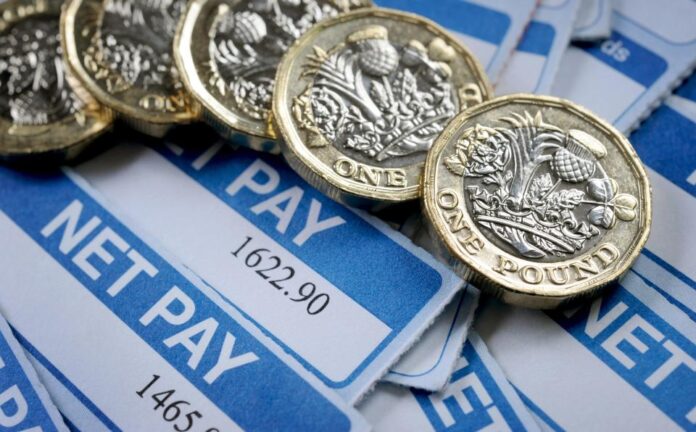The National Minimum Wage in the UK was recently raised, resulting in a £1,800 pay increase for hard-working Brits. This wage is set by the Government and impacts millions of workers across the country.
There are two main minimum wage rates in the UK – the National Minimum Wage (NMW) and the National Living Wage. The NMW is the minimum hourly pay for those who have left school, while the National Living Wage is slightly higher and applies to those over 21.
It’s important to note that these rates are different from the Real Living Wage, which is a voluntary minimum that some employers choose to pay. As of October 2023, the Real Living Wage stands at £12 or £13.15 in London.
The National Minimum Wage was first implemented in 1998 by the Labour government. Initially, it only applied to workers aged 22 and over, with separate rates for those aged 18-21. In 2004, a separate rate for 16-17-year-olds was introduced, and in 2010, 21-year-olds became eligible for the adult rate of the NMW.
Each year, the Government sets the minimum wage rate based on recommendations from the Low Pay Commission (LPC). These annual increases are intended to help workers cope with rising inflation and the cost of living, benefiting millions of individuals in the UK.

